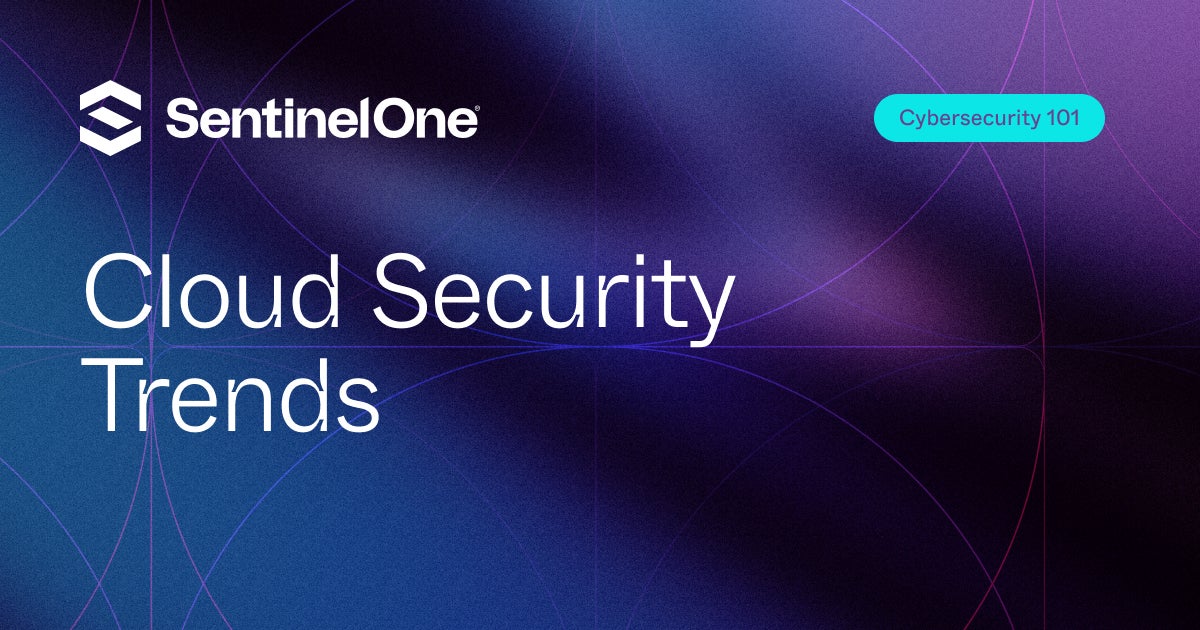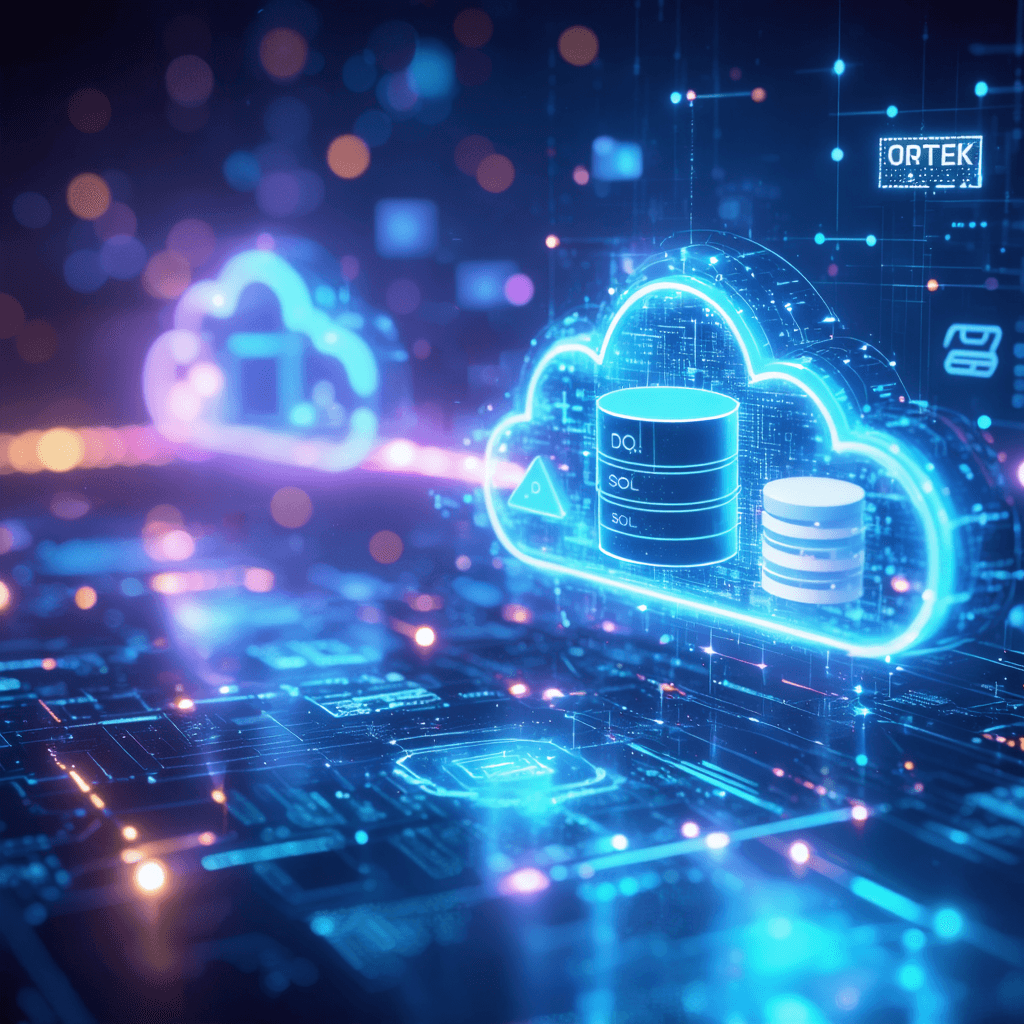From SQL to Serverless: Navigating the Data Platform Revolution in 2025
The data revolution has fundamentally transformed how organizations manage and process information. As we navigate through 2025, the transition from traditional SQL databases to serverless architectures represents one of the most significant shifts in data platform evolution. Let's explore this transformation and understand what it means for businesses and developers.
The Evolution of Data Platforms

The journey from traditional SQL databases to modern serverless platforms reflects the industry's response to evolving business needs. Traditional SQL databases, while robust and reliable, often require significant maintenance, scaling overhead, and dedicated infrastructure management. In 2025, organizations are increasingly embracing serverless solutions that offer greater flexibility, scalability, and cost-effectiveness.
Why Serverless is Gaining Momentum
Recent statistics indicate that by 2025, over 70% of new applications are being developed using cloud-native approaches, with serverless architectures leading the charge. This shift is driven by several key factors:
- Cost Optimization: Pay-per-use pricing models eliminate the need for maintaining idle resources
- Automatic Scaling: Seamless handling of varying workloads without manual intervention
- Reduced Operational Overhead: No infrastructure management requirements
- Enhanced Developer Productivity: Focus on business logic rather than infrastructure concerns
Key Components of Modern Data Platforms
1. Serverless Databases
Modern serverless databases combine the reliability of traditional SQL with the flexibility of cloud-native solutions. They offer:
- Automatic scaling based on demand
- Built-in high availability and disaster recovery
- Pay-per-request pricing models
- Zero infrastructure management
2. Event-Driven Architecture

The integration of event-driven architectures with serverless platforms has revolutionized data processing:
- Real-time data processing capabilities
- Improved system responsiveness
- Better resource utilization
- Enhanced application modularity
3. Data Analytics and ML Integration
Modern serverless platforms seamlessly integrate with advanced analytics and machine learning capabilities:
- Built-in AI/ML services
- Real-time analytics processing
- Automated model training and deployment
- Simplified ETL processes
Best Practices for Adoption
1. Strategic Migration Planning
- Start with non-critical workloads
- Implement gradual migration strategies
- Maintain hybrid capabilities during transition
- Focus on staff training and skill development
2. Architecture Considerations
- Design for statelessness
- Implement proper error handling
- Optimize for cold starts
- Consider data locality and access patterns
3. Cost Management
- Implement proper monitoring and logging
- Set up cost allocation tags
- Utilize consumption-based pricing effectively
- Regular optimization reviews
Security and Compliance

Security remains a top priority in serverless architectures:
- Enhanced encryption standards
- Fine-grained access controls
- Automated security patching
- Compliance automation tools
Future Trends and Predictions
As we progress through 2025, several trends are shaping the future of serverless data platforms:
- Edge Computing Integration: Closer data processing to source
- AI-Driven Operations: Automated optimization and management
- Cross-Platform Compatibility: Enhanced integration capabilities
- Sustainable Computing: Green data processing initiatives
Performance Optimization
To maximize the benefits of serverless data platforms:
- Implement efficient caching strategies
- Optimize database queries
- Use appropriate service tiers
- Monitor and tune performance metrics
ROI and Business Impact
Organizations implementing serverless data platforms report:
- 40-60% reduction in operational costs
- 30% improvement in development velocity
- Significant reduction in time-to-market
- Enhanced business agility
Conclusion
The transition from SQL to serverless represents more than just a technological shift—it's a fundamental change in how we approach data management and application development. As organizations continue to embrace this revolution, the focus shifts from infrastructure management to innovation and value creation.
Ready to master modern data platforms? Explore our comprehensive courses and resources at 01TEK to stay ahead in the serverless revolution. Visit www.01tek.com to start your journey today!
Sources:
Goals are the fuel in the furnace of achievement.
Brian Tracy



